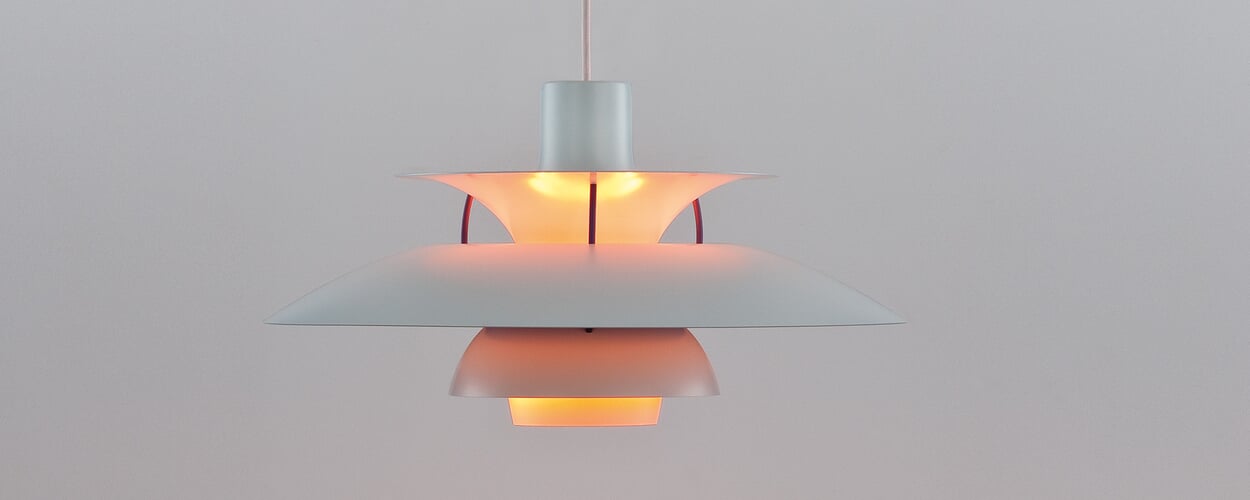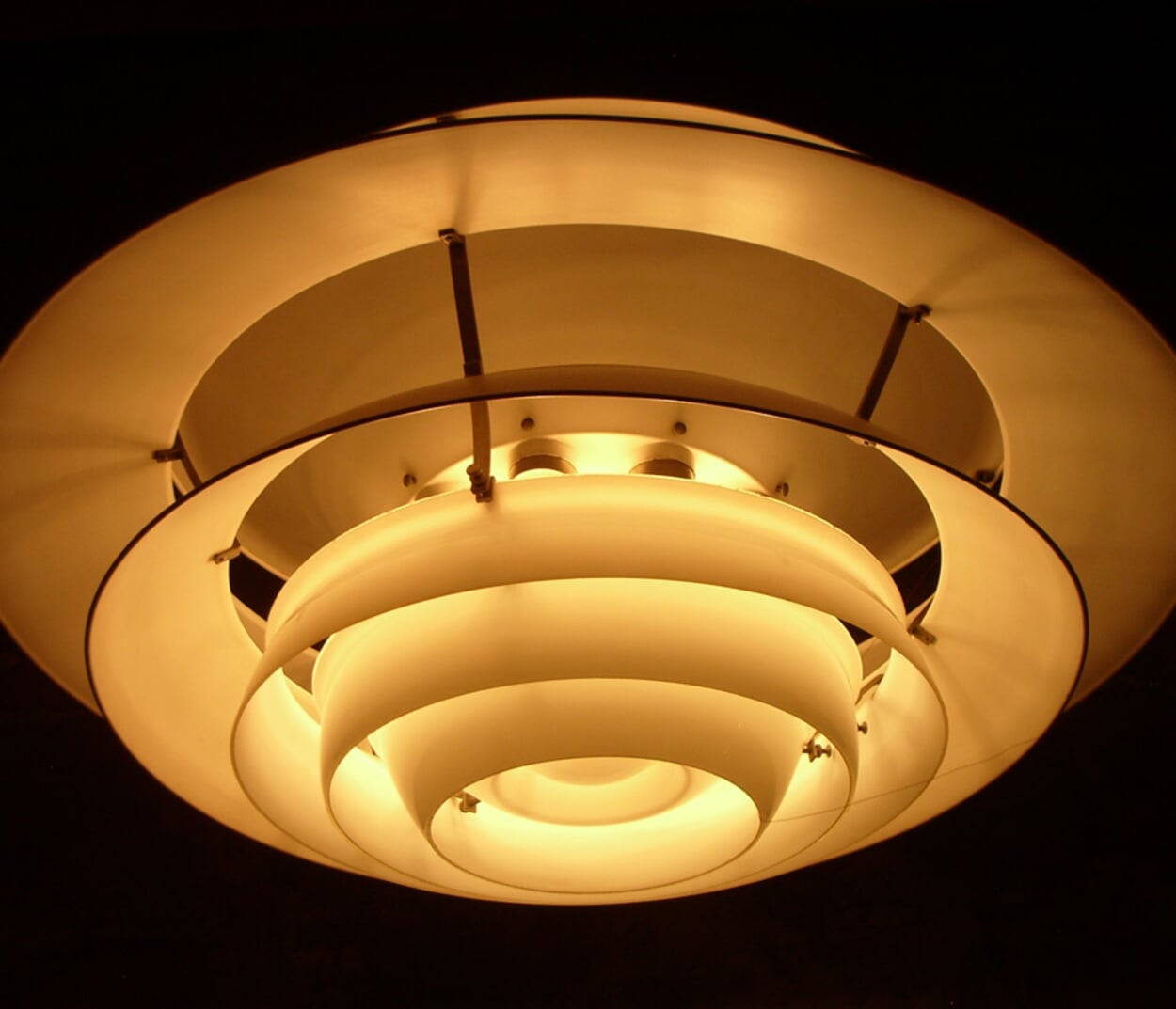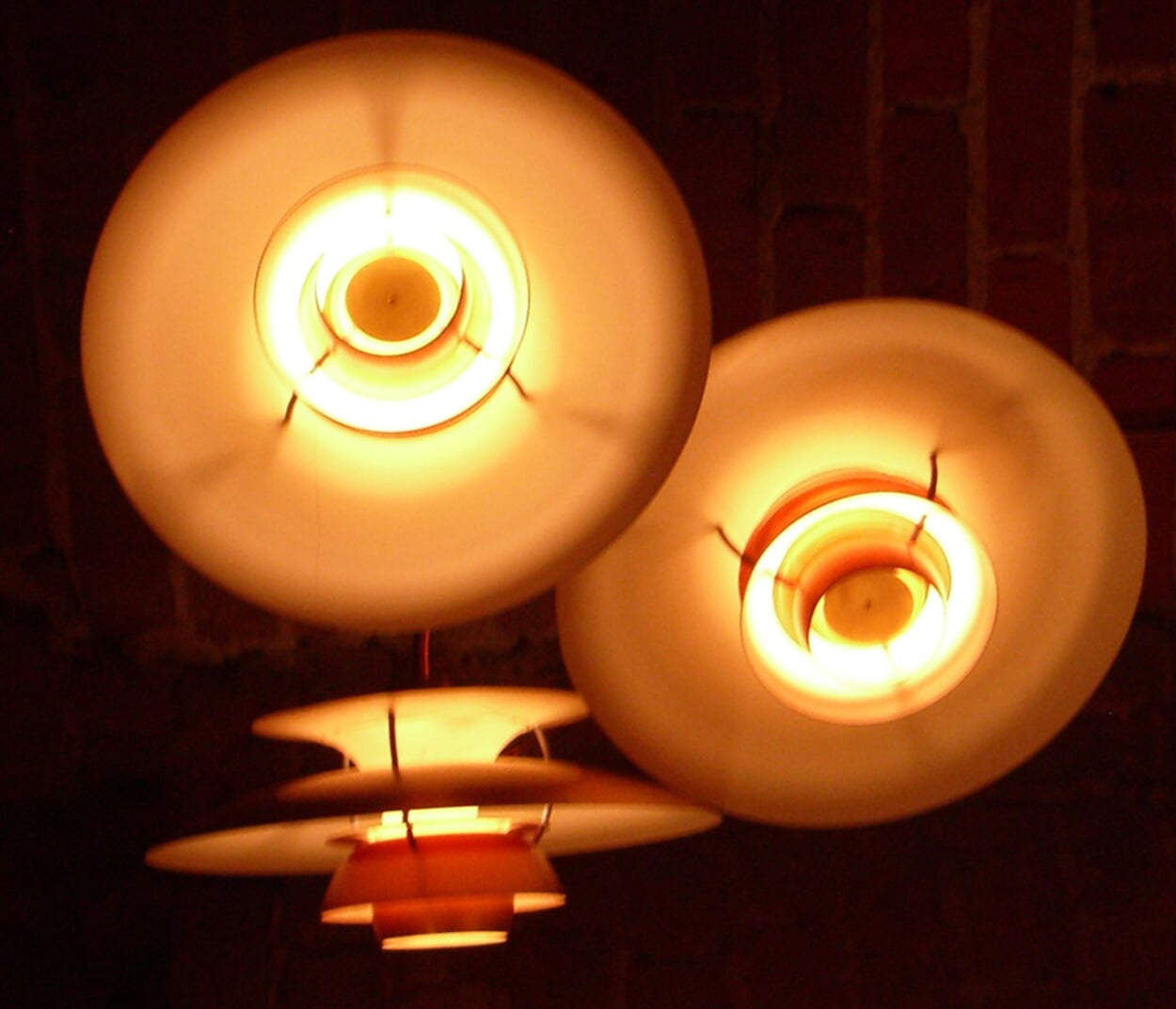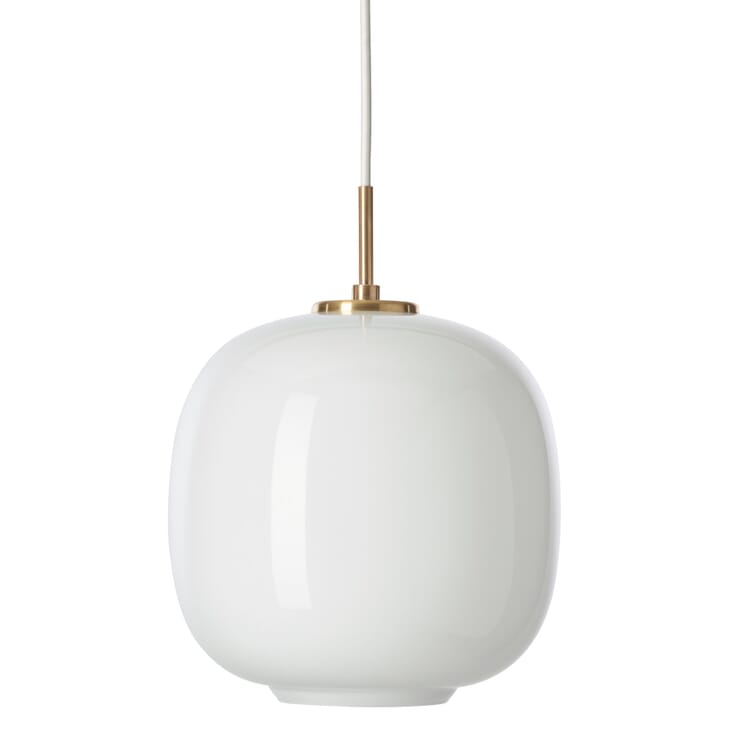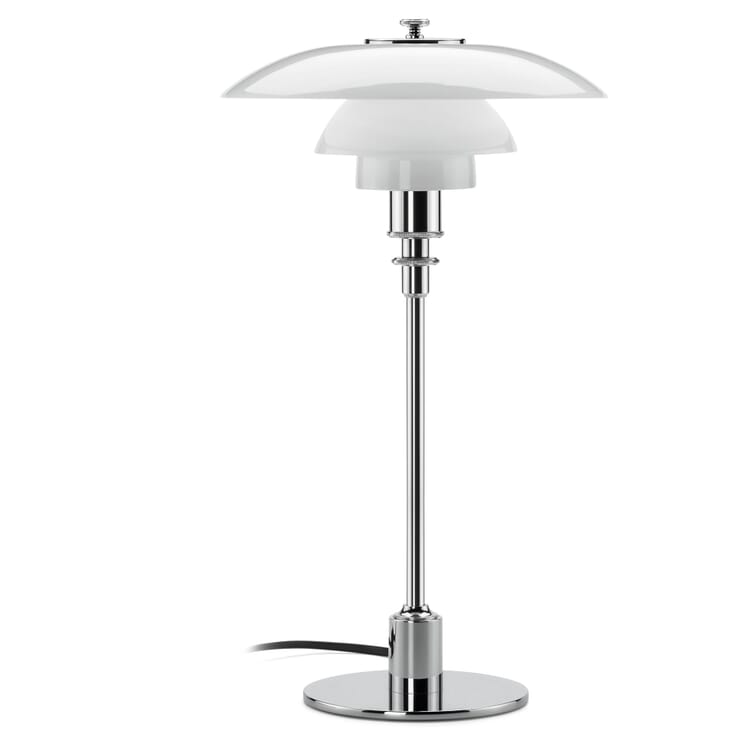Manufacturer
Louis Poulsen. Danish lamps
The lamps of the Danish manufacturer Louis Poulsen have been a reference for decades. They owe their emergence to the pioneering work of Poul Henningsen (1894-1967). This, after abandoned architectural studies initially freelance with functionalist architecture, wanted to create lights that provide absolutely glare-free, indirect light and at the same time offer an efficient light output. He was able to achieve this goal in the partnership he formed with Louis Poulsen in 1925, which lasted until his death. Along the way, Henningsen did pioneering work with regard to light structures, shadows, reflection and light rendering. In short, his work forms the cornerstone of the theory of light according to which Louis Poulsen luminaires are still manufactured today.
The logarithmic spiral
Henningsen constructed an extraordinarily flexible lighting system in which each luminaire is equipped with a shade consisting of several segments. These segments are varied and combined in size, material and surface, depending on the purpose of the luminaire. Their proportions are derived from the logarithmic spiral, a structure widely found in nature - from snail shells to low-pressure vortices to spiral galaxies. With this design principle, Poul Henningsen succeeded in perfectly shielding the direct light and at the same time diffusing the indirect light evenly - depending on the size of the shade segments, their positioning in relation to each other and the distance to the bulb.

